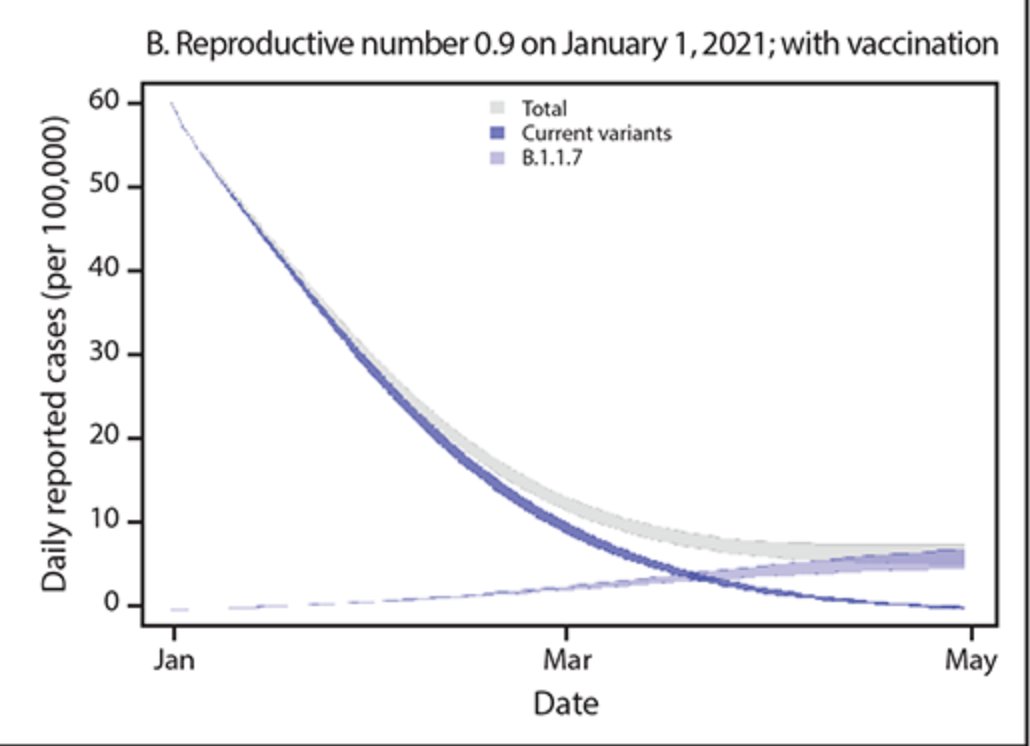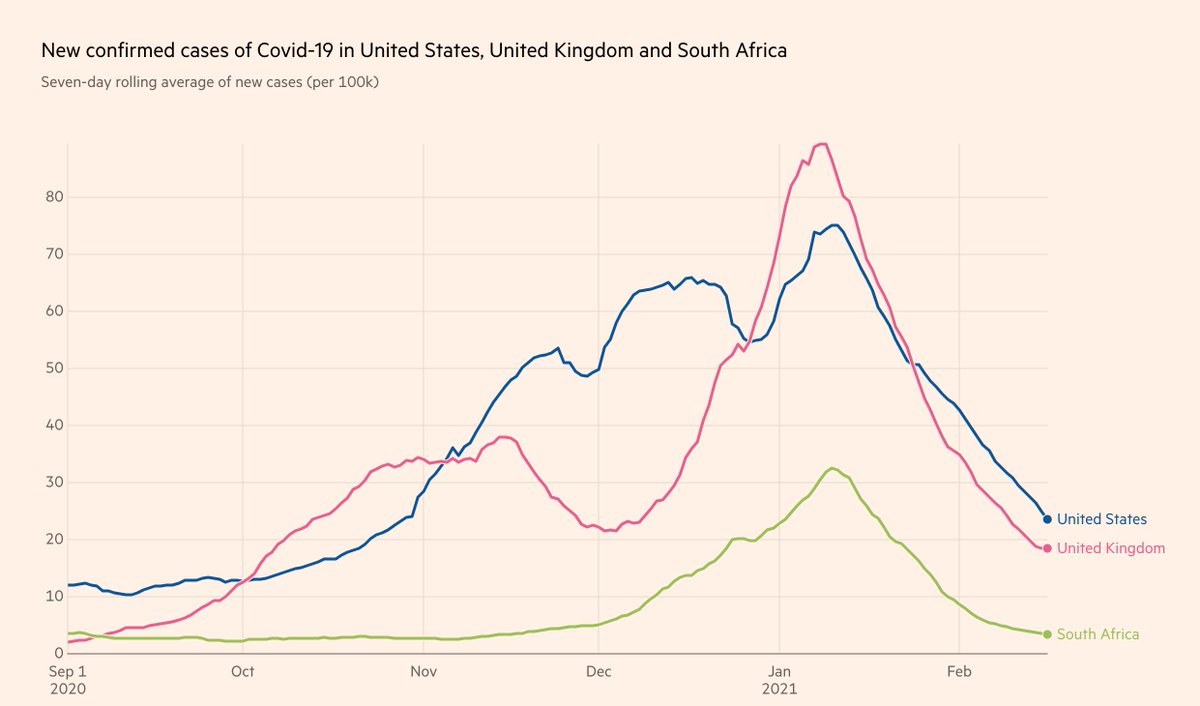1) Masks get saturated by large "respiratory droplets" containing viral molecules. Air turbulence against trapped droplets may create aerosols that eventually diffuse around edges. Continued...
COVID Masks: Mechanistic View: Part 2: Fine Aerosol Emissions:
Masks may increase fine aerosol emissions from: 1) nebulization of large droplets into fine aerosols, or 2) friability of certain mask materials creating "aerosolized fomites."
Please share:
Here are the studies:
1) Masks get saturated by large "respiratory droplets" containing viral molecules. Air turbulence against trapped droplets may create aerosols that eventually diffuse around edges. Continued...
Study: Ha'eri 1980
Title: The efficacy of standard surgical face masks: an investigation using "tracer particles"
Albumin tracer particles put inside a surgical mask were dispersed into the room by breathing.
https://t.co/Ll5CfBPVj6
Study: Liu 2020
Title: Aerodynamic analysis of SARS-CoV-2 in two Wuhan hospitals.
SARS-2-COV sub-micrometer aerosols not tightly bound to surfaces, get airborne when PPE is taken off.
https://t.co/GK9SeOwgcj
https://t.co/qlzLK1N1Aw
Do our masks stop large droplets or do they nebulize them into Aerosols? From my emulsion days, best way to get a monodispersed emulsion is to force H20 through a pore sized membrane that has a different phase (oil or air) on the other side of it. https://t.co/Y9UCmWZ7uT pic.twitter.com/bGZBxI6lUT
— Kevin McKernan \U0001f642 (@Kevin_McKernan) October 24, 2020
2) "Aerosolized fomites" from the mask material itself (e.g. cotton or fabric) are shed during breathing. These tiny organic particles - fomites - are contaminated by even smaller viral molecules.
Friability of mask materials: Cotton or fabric may emit fine particles < 1 um, possibly spreading viral contamination. This study found breathing through DIY masks of cotton or fabric increased forward emission of fine aerosols.
https://t.co/nks9rCb6Ox
Cotton or cloth releases tiny organic material - aerosolized fomites - that can potentially serve as a conduit for viral molecules.
Limitations:
Only measured 2 minutes of emissions
Only measured forward emissions; not emissions around edges; may underestimate total emissions vs no mask
Could not tell if medical-grade masks also increased aerosols when fully contaminated with droplets
Title: Influenza A virus is transmissible via aerosolized fomites
Found that non-respiratory "aerosolized fomites" (organic debris) contaminated with a virus can infect other animals. May play large role in viral transmission.
https://t.co/p3lRxeqOiA
So masks might capture some viral debris, but emissions might be in a more easily transported aerosol.
It's analogous to someone mistakenly power sanding lead paint to remove it. The total amount is reduced, but remaining portion is in a more hazardous form.
More from Society
I've seen many news articles cite that "the UK variant could be the dominant strain by March". This is emphasized by @CDCDirector.
While this will likely to be the case, this should not be an automatic cause for concern. Cases could still remain contained.
Here's how: 🧵
One of @CDCgov's own models has tracked the true decline in cases quite accurately thus far.
Their projection shows that the B.1.1.7 variant will become the dominant variant in March. But interestingly... there's no fourth wave. Cases simply level out:
https://t.co/tDce0MwO61

Just because a variant becomes the dominant strain does not automatically mean we will see a repeat of Fall 2020.
Let's look at UK and South Africa, where cases have been falling for the past month, in unison with the US (albeit with tougher restrictions):

Furthermore, the claim that the "variant is doubling every 10 days" is false. It's the *proportion of the variant* that is doubling every 10 days.
If overall prevalence drops during the studied time period, the true doubling time of the variant is actually much longer 10 days.
Simple example:
Day 0: 10 variant / 100 cases -> 10% variant
Day 10: 15 variant / 75 cases -> 20% variant
Day 20: 20 variant / 50 cases -> 40% variant
1) Proportion of variant doubles every 10 days
2) Doubling time of variant is actually 20 days
3) Total cases still drop by 50%
While this will likely to be the case, this should not be an automatic cause for concern. Cases could still remain contained.
Here's how: 🧵
One of @CDCgov's own models has tracked the true decline in cases quite accurately thus far.
Their projection shows that the B.1.1.7 variant will become the dominant variant in March. But interestingly... there's no fourth wave. Cases simply level out:
https://t.co/tDce0MwO61

Just because a variant becomes the dominant strain does not automatically mean we will see a repeat of Fall 2020.
Let's look at UK and South Africa, where cases have been falling for the past month, in unison with the US (albeit with tougher restrictions):

Furthermore, the claim that the "variant is doubling every 10 days" is false. It's the *proportion of the variant* that is doubling every 10 days.
If overall prevalence drops during the studied time period, the true doubling time of the variant is actually much longer 10 days.
Simple example:
Day 0: 10 variant / 100 cases -> 10% variant
Day 10: 15 variant / 75 cases -> 20% variant
Day 20: 20 variant / 50 cases -> 40% variant
1) Proportion of variant doubles every 10 days
2) Doubling time of variant is actually 20 days
3) Total cases still drop by 50%
















